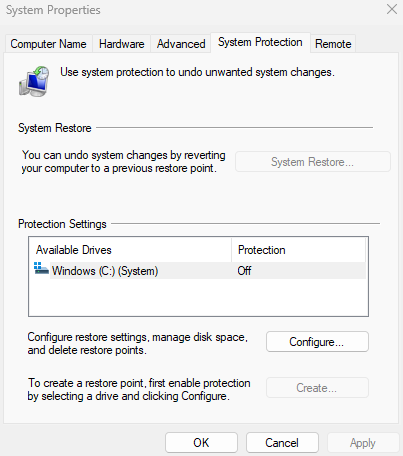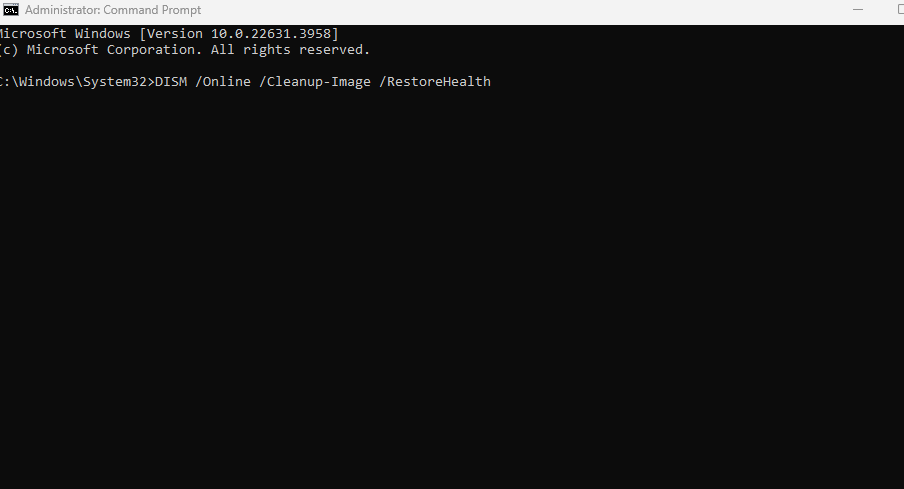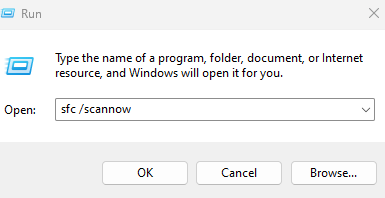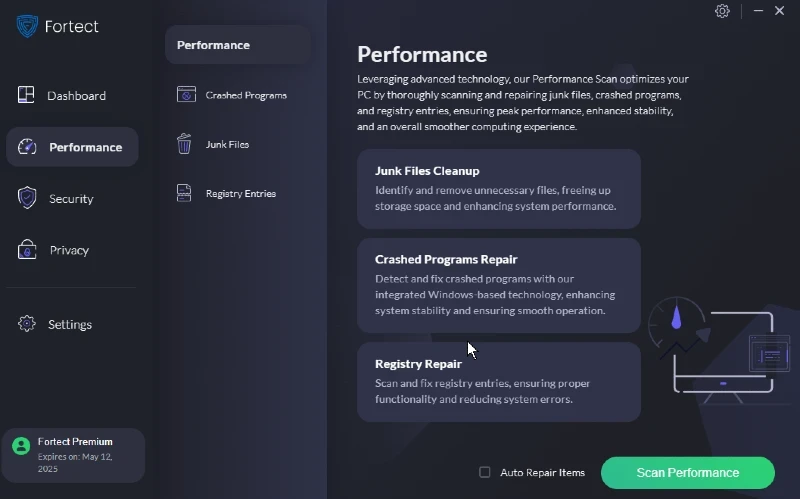How to Fix Corrupted Files on Windows
Dealing with corrupted files can be frustrating, especially when you have important data at stake. Corruption can render it unusable, whether a document, photo or any other file type. Fortunately, several methods exist to fix corrupted files and prevent this issue from recurring.
We will look at the causes of file corruption, various solutions to fix them, and tips to protect your files from corruption.
Causes of Corrupted Files
File corruption can occur due to various reasons, including but not limited to:
- Sudden power outages: If your computer shuts down unexpectedly while saving a file, it can lead to corruption.
- Hardware failures: Faulty hard drives, RAM, or other hardware components can cause data corruption.
- Software bugs: Issues within the operating system or software can corrupt files.
- Virus or malware: Malicious software can damage or alter files, leading to corruption.
- Improper shutdowns: Turning off your computer incorrectly or forcefully can result in file corruption.
- Bad sectors on the hard drive: Damaged areas on your hard drive can affect the files stored there.
7 Solutions to Fix Corrupted Files
When you encounter a corrupted file, there are several steps you can take to attempt to recover it. Here are some practical solutions:
Restore Previous Versions
If you have enabled file history or system protection, you can restore a previous version of the corrupted file. This method is straightforward and often successful in retrieving the uncorrupted version of your file.
- Navigate to the file or folder where the corrupted file is located.
- Right-click and select “Restore previous versions” from the context menu.
- Choose a previous version from the list and click “Restore.”
Use System Restore
System Restore allows you to revert your computer’s state (including system files, installed applications, Windows Registry, and system settings) to a previous point in time. This can be particularly useful if a recent change causes file corruption.

- Open the Control Panel and navigate to System and Security > System.
- Select “System Protection” from the left panel.
- Click “System Restore” and follow the prompts to revert your system to a previous state where the file was not corrupted.
Perform a Check Disk on the Hard Drive
Running a check disk can identify and fix file system errors and bad sectors on your hard drive. This method is beneficial if the corruption is due to physical problems on the disk.
- Open Command Prompt as an administrator.
- Type chkdsk /f [drive letter]: and press Enter.
- Allow the system to check and repair any errors on the specified drive.
Use DISM Tool
The Deployment Imaging Service and Management Tool (DISM) can repair a corrupted system image. This method is proper when corruption affects the system files required for your operating system to function correctly.

- Open Command Prompt as an administrator.
- Type DISM /Online /Cleanup-Image /RestoreHealth and press Enter.
- Wait for the process to complete, which may take some time.
Use the CHKDSK Command
CHKDSK is a built-in Windows utility that scans and repairs file system errors and bad sectors. This method is similar to the check disk process but includes additional options for more thorough maintenance.
- Open Command Prompt as an administrator.
- Type chkdsk [drive letter]: /f /r /x and press Enter.
- Follow the prompts to allow the check disk process to complete and fix any errors.
Use the SFC /scannow Command
The System File Checker (SFC) tool scans for and repairs corrupted system files. This method is effective when the corruption affects critical system files.

- Open Command Prompt as an administrator.
- Type sfc /scannow and press Enter.
- Allow the system file checker to scan and repair corrupted system files.
Reset Windows
Resetting Windows can resolve many file corruption issues by restoring your operating system to its default state. This method should be used as a last resort if other solutions fail to fix the corruption.
- Go to Settings and select Update & Security.
- Choose “Recovery” from the left panel.
- Click “Get started” under the “Reset this PC” section.
- Follow the prompts to reset your Windows, which can resolve many file corruption issues.
Protection is Better Than Fixes
If your files remain corrupted despite all troubleshooting efforts and you suspect malware or virus infection, it’s crucial to protect your system with robust third-party software. Investing in comprehensive virus and malware defense, such as Fortect, can make a significant difference.
Fortect Premium automatically scans your PC, identifies corrupted files, and repairs them, ensuring your system stays in optimal condition.

By proactively safeguarding your computer, you can prevent future file corruption and maintain the health and performance of your PC.
Download and install Fortect now.
How to Protect Files from Corruption
Prevention is always better than cure. Here are some tips to protect your files from corruption:
- Regular backups: Keep backups of essential files on external or cloud storage.
- Use reliable hardware: Ensure your hard drive and other components are in good condition.
- Install antivirus software: Protect your system from malware and viruses.
- Update software: Keep your operating system and software current to avoid bugs and vulnerabilities.
- Avoid sudden shutdowns: Always shut down your computer correctly to prevent data corruption.
- Use surge protectors: Protect your computer from power surges that can cause file corruption.
By understanding the causes and solutions for corrupted files, you can proactively protect your data and minimize the risk of file corruption. With the right tools and practices, you’ll be better equipped to handle any file corruption issues that come your way.




